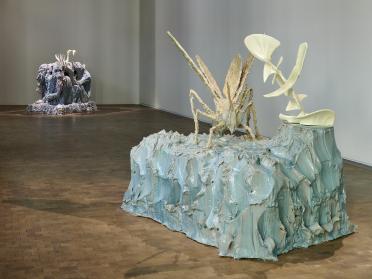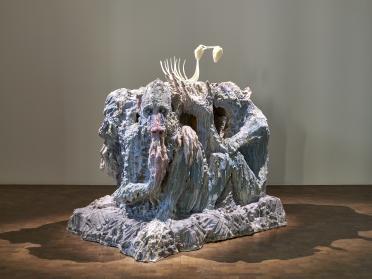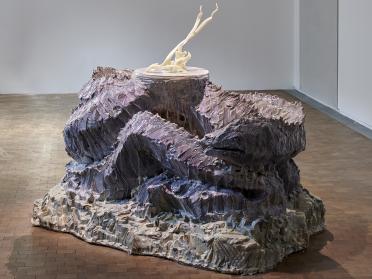Proia
Marguerite Humeau
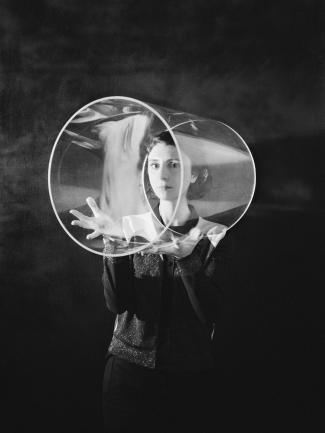
Born in 1986 in Cholet, France, lives and works in London (United Kingdom).
Jean-Marie Appriou
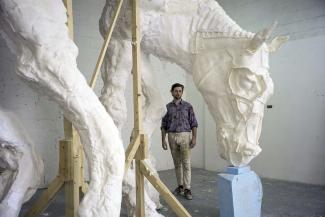
Born in 1986 in Brest (France), lives and works in Paris (France).
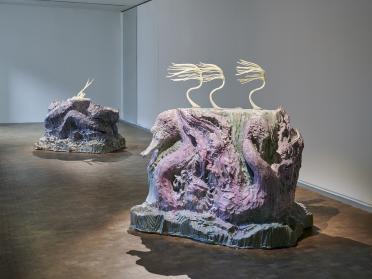
For this chapter, The Garden of Resuscitation, together, the artists have produced four gravestones that commemorate emotions that we no longer perceive or know how to name.
The materials used are organic: wax, the fruit of the collective work of bees; and earth, the source of life, where the living and the dead rub shoulders. Their potential disintegration into the ground by crumbling or melting contributes to the idea of a cyclical and interdependent existence. The Garden of Resuscitation depicts the finite quality of human and material life, in the tradition of the vanitas and of funerary art and its beliefs that accompany the dead into the afterlife.
The first gravestone, Proia, refers simultaneously to the mourning of a world and the joy of discovering the infinite possibilities that a new dawn brings. Solaris refers to the recovery of a body after a fall. Xeno describes the smallest unit of human connection, like two passers-by exchanging a seductive glance or a shared laugh at a strange coincidence. Finally, Ambedo reflects a melancholic trance into which we are absorbed by vivid sensory details. Raindrops silently sliding down a window, trees bowing in the wind, clouds of cream swirling in a coffee lead to a growing awareness of the haunting fragility of life.
